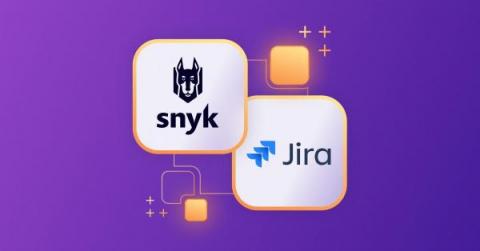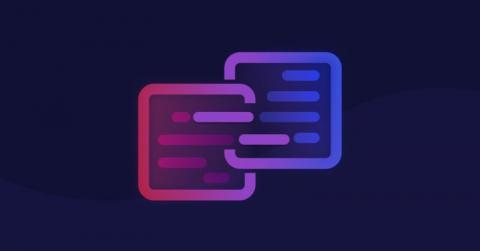Announcing Insights: Helping you focus on top risks for your organization
Modern applications are built, deployed and, run in increasingly complex and dynamic environments. Assessing and prioritizing the security issues introduced by these applications without taking this context into account inevitably leads to focusing remediation efforts on the wrong set of issues. This not only results in real risk slipping under the radar but also wastes the valuable time of developers, increasing their frustration and eroding their trust in security.










